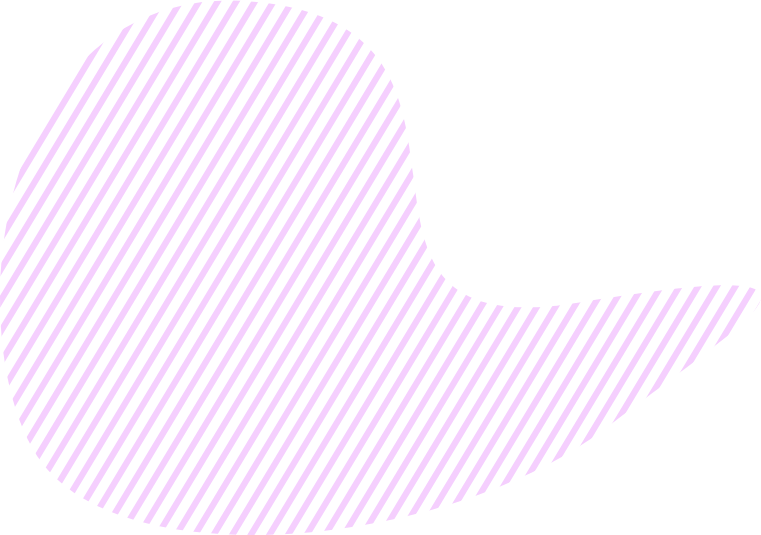What Does OKR Stand For?
Let’s take a look at one popular framework which is called Objective Key Result (onward-OKR).
You may have heard about this one because the majority of world-leading companies (like Amazon, Google, Microsoft) uses this methodology but never had a chance to understand the true meaning behind these three letters. Jump on!
And we’ll try to explain all the background of this method general ideas of working with it and what’s the difference between this one and other frameworks.
OKR was born to answer present business environment challenges and how to help overcome those severities.
The World of Uncertainty
At present, we are facing a very unique and unpredictable crisis in almost every market part. Everybody needs to rebuild their operational model to make their business more agile to have the ability to quickly adapt and respond to unexpected conditions.
Many of the companies faced significant problems in the past two years caused by this crisis’s severity. Managers are trying to deal with challenges with their established structures and processes.
But those will fail because the rules of this “game” are changing very quickly and the only chance to adapt to this new environment is to break old principles and build new ones.
Warren Bennis and Burt Nanus used the acronym VUCA(Volatility, uncertainty, complexity, and ambiguity) in their drawings to describe the phenomenon of such difficult & unstable times.

VUCA is an interesting meaning where:
- Volatile - stands for unpredictable rapid changes in its nature.
- Uncertain - for unclear present and uncertain future.
- Complex - too many interconnected factors can cause chaos and confusion when they come into play.
- Ambiguous - lack of clearness and perception about situation.
These four words represent challenges that every company will face. Individually they cant cause big troubles, but when they combine it can be quite difficult to overcome the aftermath.
VUCA environment can be quite vicious and if your company is affected by it you need the most agile and variable tactic.
Growing Risk or The Only Way to Proceed
Nowadays almost every significant step for your company means growth of risks.
To make a go of it you need to take a fresh breath, every new idea that leads to important changes means that you are going to step into unknown territory.
Nobody likes risks. Usually, the most significant part of your company are people that naturally can’t risk. They are afraid of failure and ensuing consequences. But when your goals are ambitious, you indeed can find people who are not afraid of risks, and they can drive you through.
If your corporate culture encourages risks and not punishes failed tries, you can find those “drivers” in your own teams.
These people can do their best when it stands to operate in the new environment.
And guess what?
OKR is a perfect framework for such situations.
Ambitious Goals and the Difference Between MBO
OKR - was made as a modern strategy that helps to find contemporary solutions and make a breakthrough in achieving significant results in your company performance.
While using this framework, you need to set ambitious and hardly achievable goals.
OKR is not about achieving a 100% result. It’s about keeping the focus on your stretch goals while trying to do your best no matter what.

You can ask why you should use OKR instead of MBO because Manage By Objectives is still one of the most common management practices.
Manage By Objectives(MBO) - is entirely focused on achieving 100% result. Also, people waste more time to make this objective the most understandable as it can be.
Also, there is a place for huge research where people are trying to predict all the possible threats.
But as we mentioned earlier, living in a VUCA environment means that you can’t be sure that you’ve predicted everything. Confidence in the dependability of your plan makes you more vulnerable.
And here is the place where OKR steps in.
What Does OKR Mean?
OKR brought significant changes into the understanding of achieving your goals by its attitude to risks.
OKR is sufficiently loyal to risks. Its specifics means this, let’s take a quick look at them:
- Ambitious goals - your goals should be very ambitious and almost unachievable.
- Your Goals should not be 100% achievable - this is not an excuse for your team failure. It means that your team should not be focusing on a full result exhausting them, but keep them focused on their way.
- Risks and Non-standard solutions - OKR motivates your team to be creative to find the solutions in most unexpected cases. Because of high risks and possible mistakes this method does not bind rewards and goals. Your team should not be afraid of taking the risks.
- In search of weak spots, this method helps you find out your company’s weaknesses and how to work on them. By tracking your results and analyzing them, you can see where are your boat cracks.
These are the key point in understanding OKR specifics.
Let’s put in some examples of good objectives and define the goal of OKR.
What is an OKR Goal?
In general, OKR definitely needs all of your objectives and key results to be measurable.
Because you can track your progress only if all the details are measured, you need to set KPIs for every goal you are working on.
Let’s talk about some good examples of well-made objectives:
Your company needs to raise your sales…
Your Objective should sound similar to this - “We need to raise our sales compared to last month,” good… But how are you going to achieve this?
From here, you need to implement some key results like:
-
Rework our market UI to reduce the bounce rate from A to Z in the next two weeks.
-
Make a new content strategy to attract new traffic, raising our last month’s result A to Z in the next month.
-
Raise the quality of advertising by finding new blogs whose traffic starts from A visitors per month to Z.
We defined our Objective and set some Key Results for this one, now we need to set KPI’s, and we are good to go.
If it was not enough, you could still make OKR more productive by using it combined with other methods like Balanced Scorecard (BSC) and North Star Metric (NSM).
Let’s define those methods:
-
Balanced Scorecard allows you to work on goal-setting logic and goal enlightenment.
-
North Star Metric helps you organize the hierarchy of your goals and work to increase your goal key value.
Let’s quickly sum it up!
We can define three key points here:
- Without a goal, you cant proceed further.
You need your goals to be precise and measured. - To resist the VUCA environment, you need to grow your safety margin like a tree that extends its roots deep into the ground to resist the wind.
- OKR helps you grow your “roots” while using this framework’s specifics by finding your critical point and working on them.
We hope that this information will help you in these challenging times, stay focused and Keep Solid Goals!



